1. Design of mechanical structure against extreme loads
Dynamic coupling of dual braking system
Redundant design of electromagnetic brake + mechanical disc brake is adopted:
The electromagnetic brake is triggered within 0.1 seconds when the power is off, and the magnetic resistance torque generated by the permanent magnet (up to 150% of the rated torque) is used to achieve instantaneous response;
The hydraulic caliper disc brake is used as a secondary guarantee, and the high friction coefficient brake pad (μ≥0.45) is engaged with the brake disc to continuously provide braking torque.
Case: Under a load of 400 tons, the dual braking system of a deep-sea salvage winch in Germany can reduce the descent speed of 30m/min to zero within 3 seconds.
Mechanical optimization of wire rope-drum
The double-layer spiral winding algorithm is applied to calculate the optimal ratio (D/d≥18) of the wire rope diameter (d) to the drum diameter (D) to avoid local stress concentration;
The tungsten carbide coating (hardness HV1200) is laser clad on the drum surface to reduce the wire rope wear rate by 70%.

2. Real-time protection of intelligent control system
Dynamic load sensing network
MEMS strain sensor array (sampling rate 1kHz) is deployed at key nodes to monitor in real time:
Wire rope tension fluctuation (accuracy ±0.5%FS)
Gearbox vibration spectrum (frequency range 0-10kHz)
Motor winding temperature gradient (resolution 0.1℃)
Data is transmitted to the control unit via CAN bus, and the output torque is dynamically adjusted using fuzzy PID algorithm.
Anti-fall prediction model
Build a load motion trajectory prediction model based on LSTM neural network:
Input parameters: acceleration, wind speed, wire rope swing angle
Output result: Predict abnormal motion trend 200ms in advance
Trigger condition: When the load offset is predicted to exceed the safety threshold (such as angular displacement > 5°), start the correction motor for position compensation.
3. Material breakthroughs for key components
Using 18CrNiMo7-6 carburized steel, the surface hardness is HRC60-62, and the core maintains HRC35 toughness, so that the bending strength of the gear reaches 1500MPa;
Applying topological optimization technology, the weight of the gearbox is reduced by 40% while maintaining stiffness (for example, the gearbox of a mine winch is reduced from 2.1 tons to 1.26 tons).
Evolution of special steel wire rope
8-strand twisted + independent steel core structure:
The outer strand uses galvanized-polymer composite coated steel wire (breaking strength 2160MPa)
The core is filled with aramid fiber bundles to improve the anti-rotation performance (rotation angle <2°/100m)
Measured data shows that this type of steel wire rope still maintains 90% of the breaking strength in an extremely cold environment of -40℃.
4. Verification system for extreme working conditions
Multi-physics field coupling test
Three-stage test in the environmental simulation cabin:
Phase 1: 120% rated load continuous operation for 500 hours (temperature rise ≤ 65K)
Phase 2: 150% impact load dynamic test (start and stop 3 times per second)
Phase 3: Salt spray test (5% NaCl solution spray, lasting 720 hours)
Digital twin verification platform
Establish a high-precision finite element model:
Contains 3.27 million grid cells to simulate the distribution of gear meshing contact stress
Real-time simulation is achieved through GPU parallel computing (1 second physical process corresponds to 0.8 seconds of computing time)
Virtual test scenario: simulate the dynamic response of 300 tons of load under 8-level wind conditions and optimize the structural resonance frequency.
5. Fusion application of cutting-edge technologies
Superconducting electromagnetic braking technology
The YBCO superconductor brake disc cooled by liquid nitrogen generates a 10T strong magnetic field at the moment of power failure, and the braking response time is shortened to 20ms (1/5 of the traditional electromagnetic brake), which has been verified in the Antarctic scientific research winch.
Self-healing polymer coating
Polyurethane material containing microcapsules is coated on the surface of the wire rope. When microcracks appear, the capsules rupture and release repair agents (such as disulfide), achieving in-situ regeneration of the worn parts and extending the life of the wire rope by more than 30%.

 ENG
ENG
 English
English русский
русский Español
Español

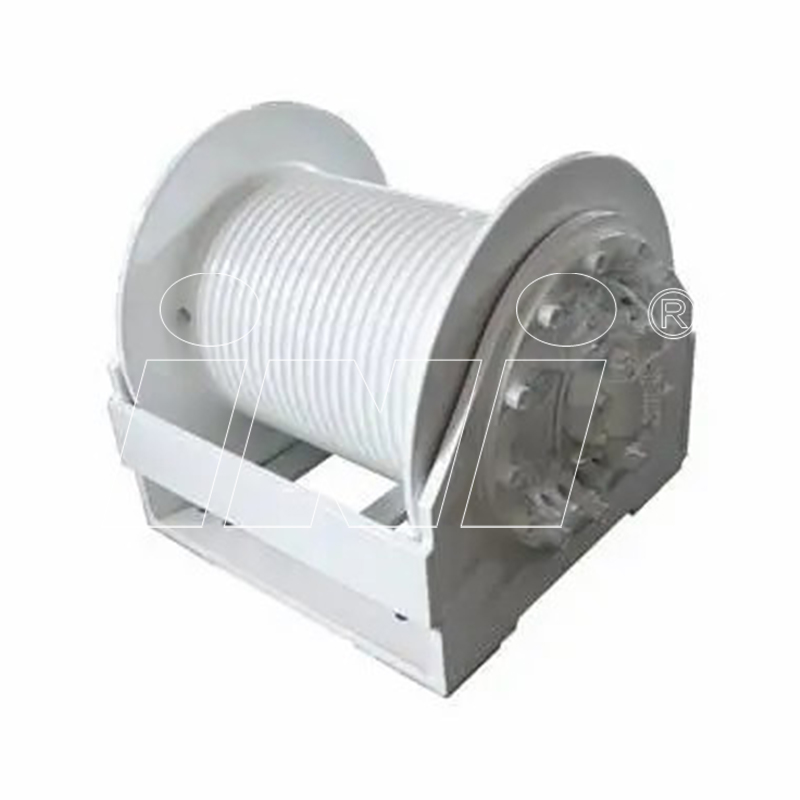
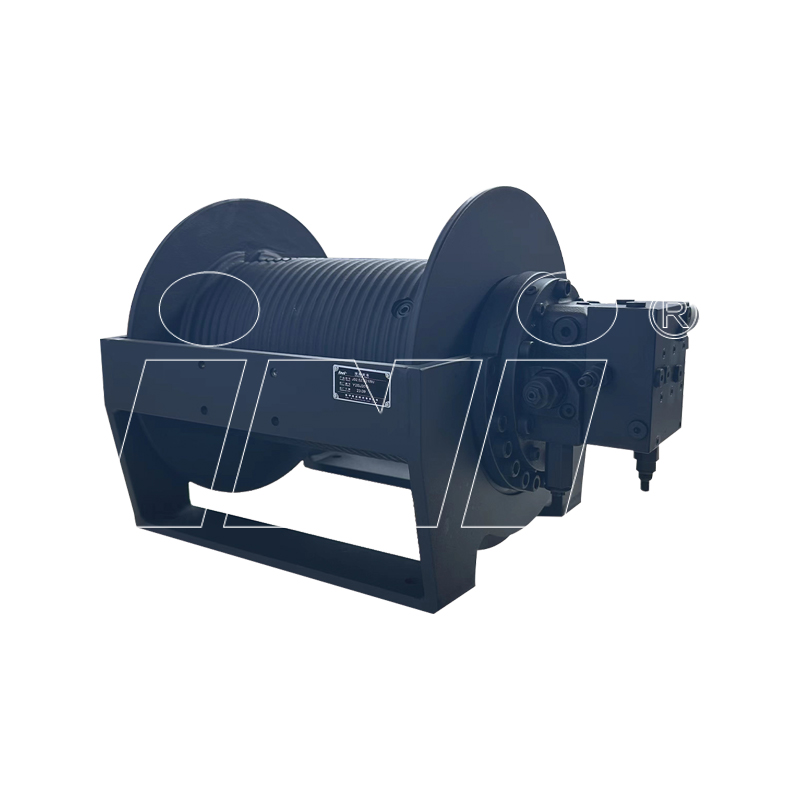
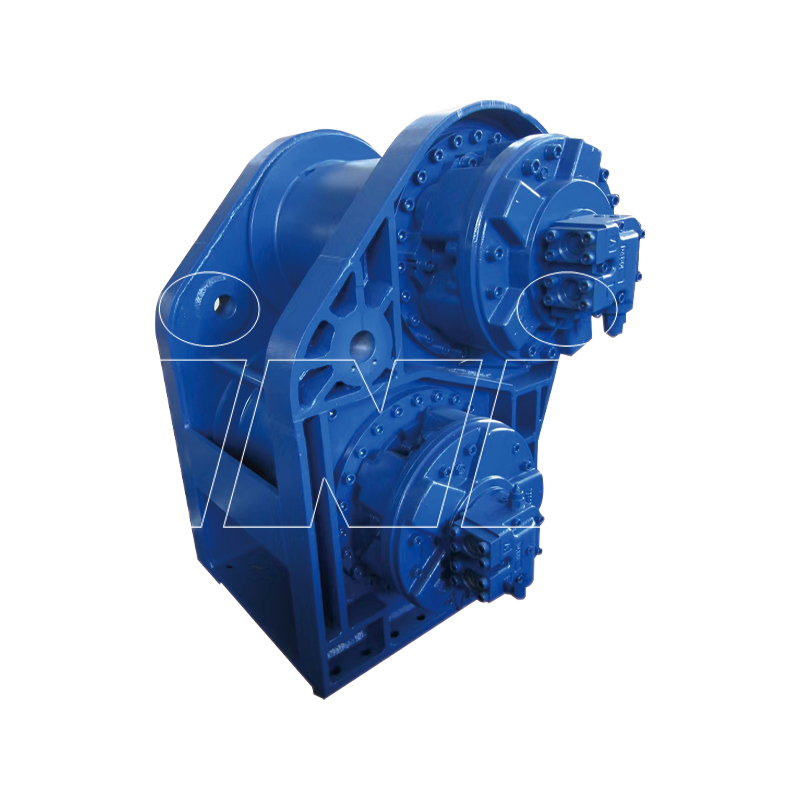

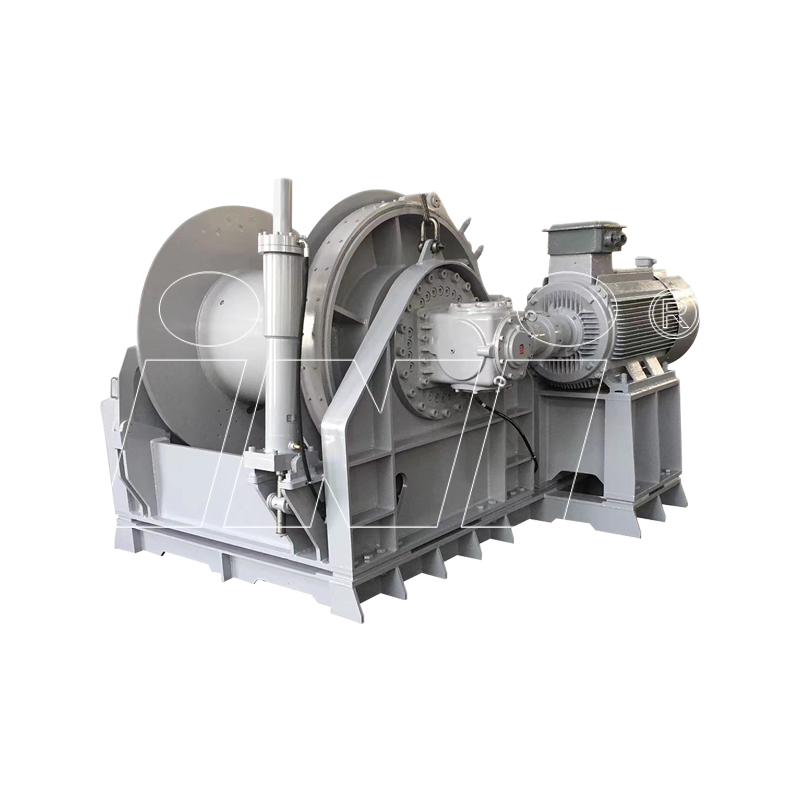

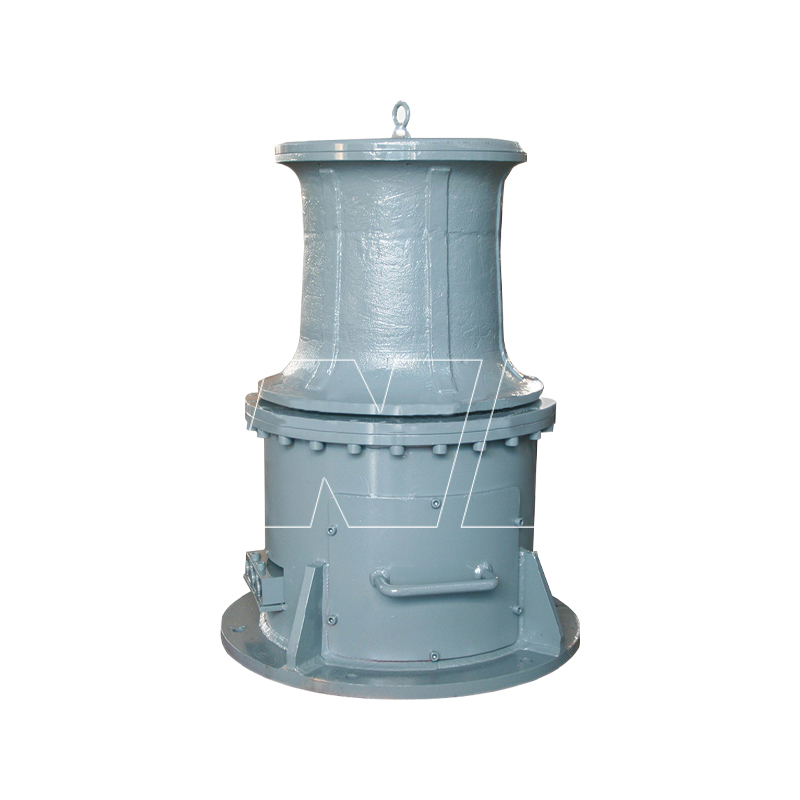
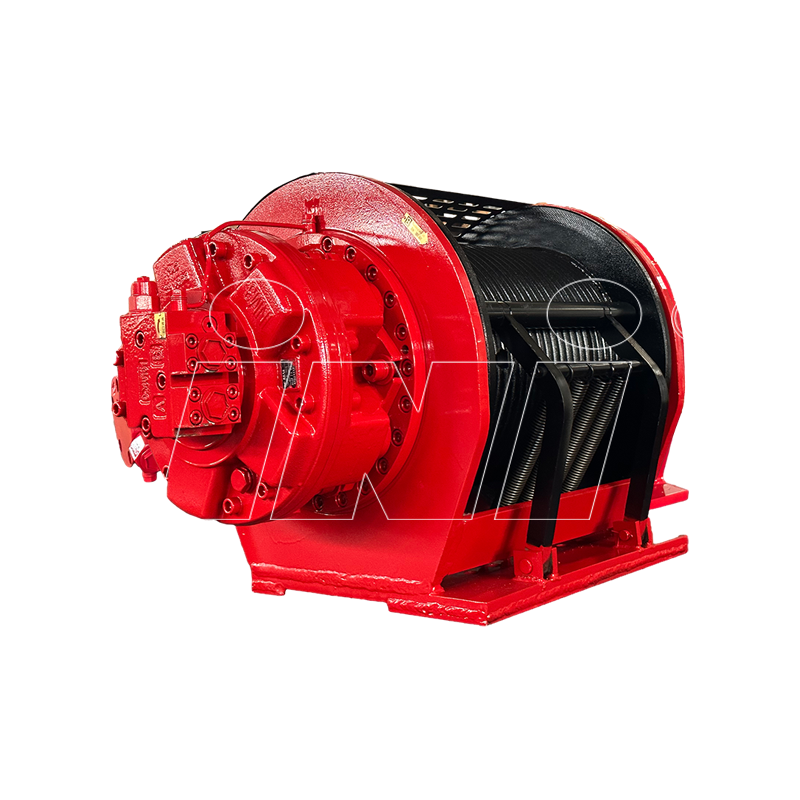
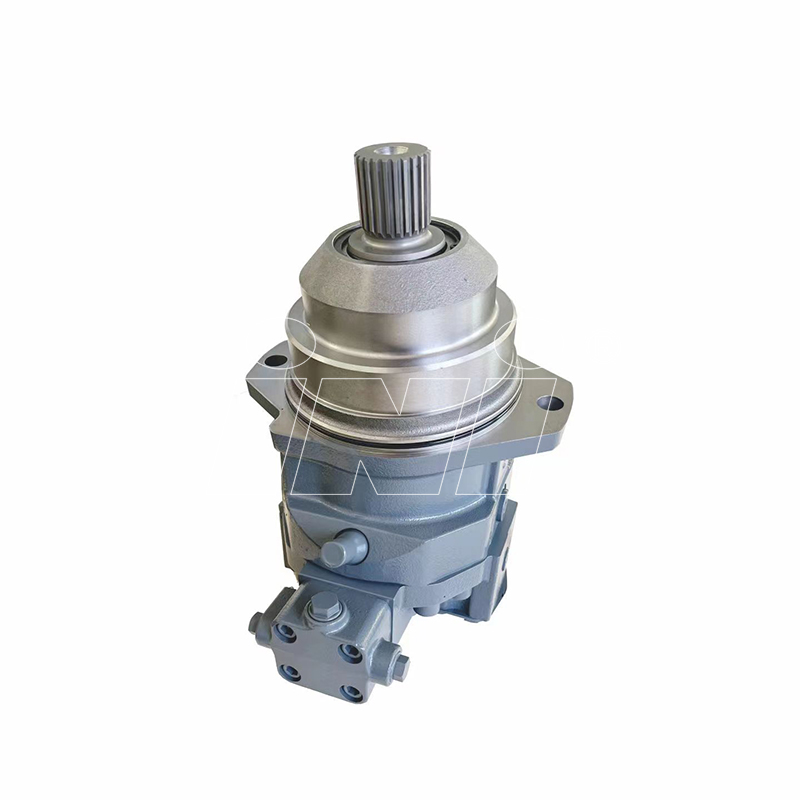
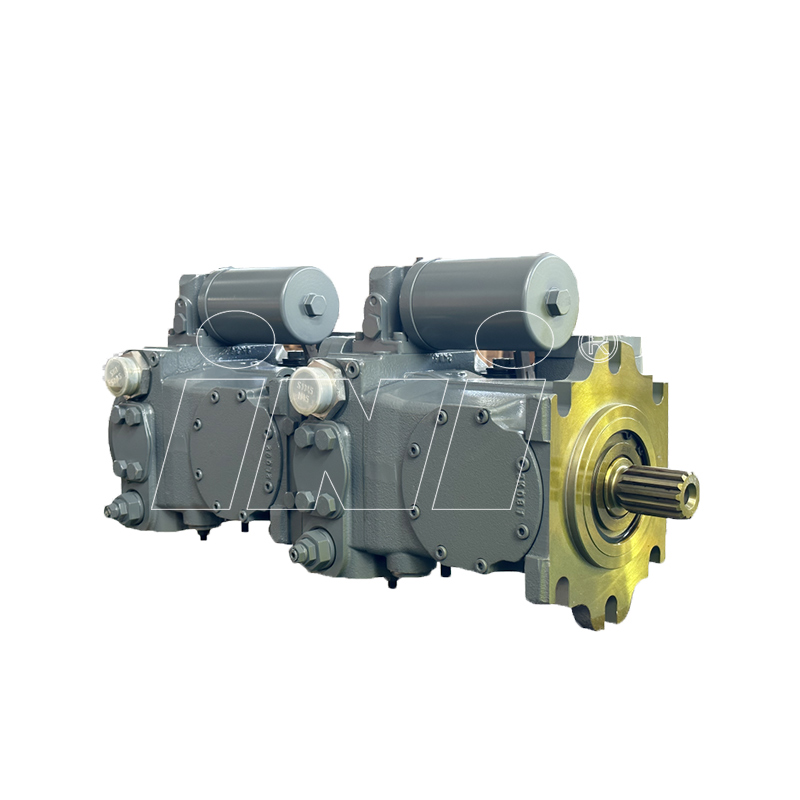
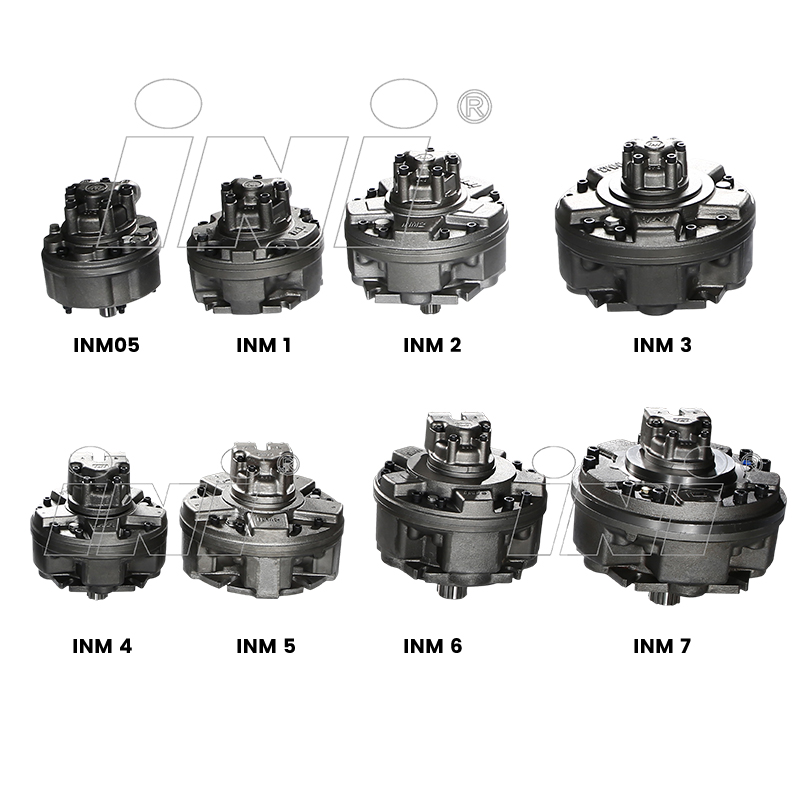
 English
English русский
русский Español
Español
 TOP
TOP